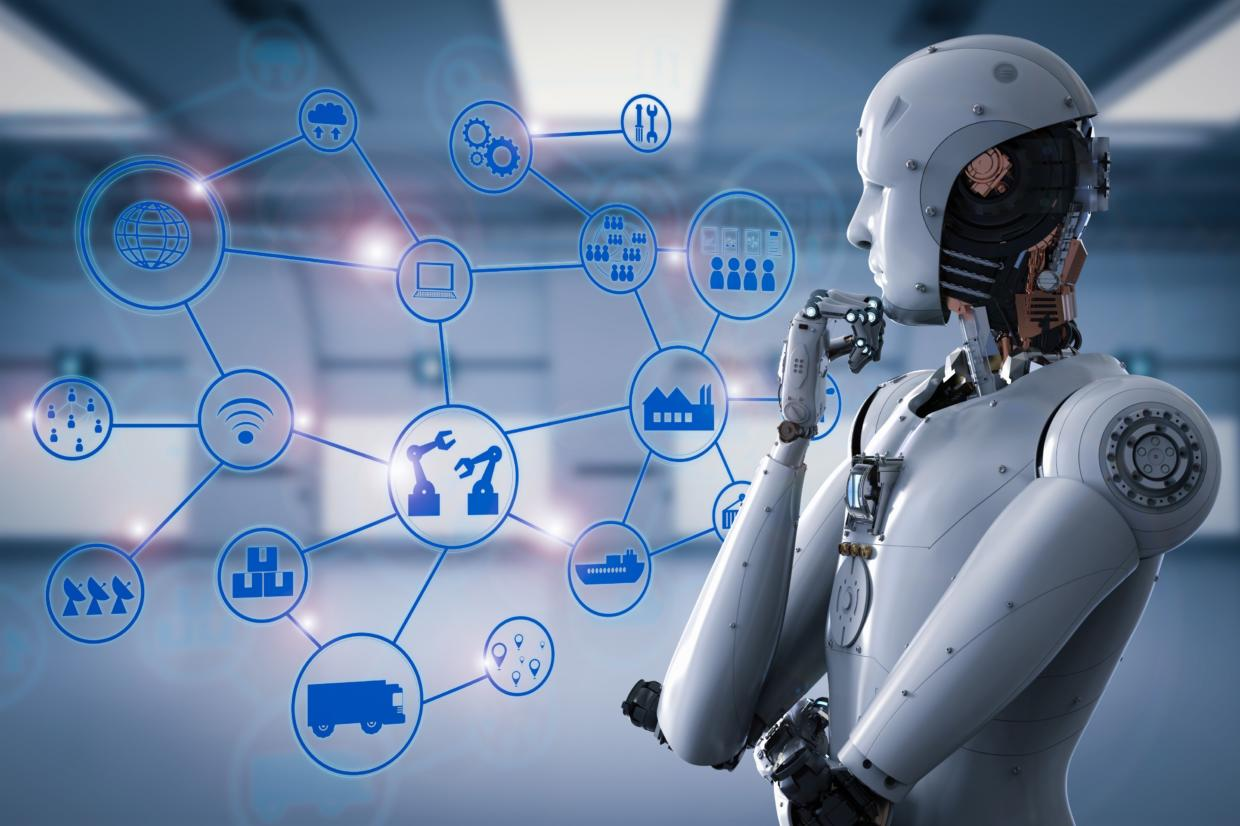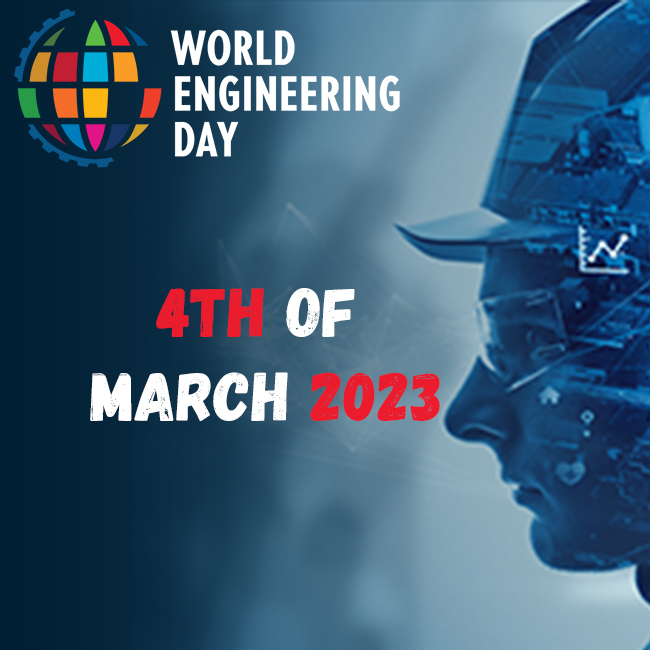
- Previous industrial revolutions liberated humankind from animal power, made mass production possible and brought digital capabilities to billions of people.
- The Fourth Industrial Revolution refers to the emerging technologies, which are blurring the traditional boundaries between the physical, digital and biological worlds
- 4IR provides the world with the potential to regenerate the natural environment, connect billions more people to digital networks and dramatically improve the efficiency of organizations.
- 4IR is being driven by emerging technology breakthroughs in fields such as artificial intelligence, robotics, the Internet of Things, autonomous vehicles, 3-D printing, nanotechnology, biotechnology, quantum computing, Neuro-technological brain enhancements and genetic editing.
Steam propelled the original Industrial Revolution; electricity powered the second; preliminary automation and machinery engineered the third; and cyberphysical systems—or intelligent computers—are shaping the Fourth Industrial Revolution.
Over the past centuries, there have been major advancements that have revolutionized industrial production processes. During the previous revolutions, natural resources were the engine of change in the production system, from an agrarian and handicraft economy, to an industrial and mechanical economy. The end of the last century begun with the expansion of information and knowledge economy, with the automation of production, electronic, computerization and internet all over the world. The 4IR is expected to take information and knowledge economy to an extraordinary new level, with the introduction of major technological advancements that present enormous opportunities for new business models, value-production, integrated production structure and IT infrastructure.
4IR builds on the inventions of the Third Industrial Revolution—or digital revolution—which unfolded from the 1950s and to the early 2000s and brought us computers, other kinds of electronics, the Internet, and much more. Industry 4.0 brings these inventions beyond the previous realm of possibility with four foundational types of disruptive technologies (examples below) that can be applied all along the value chain:
- connectivity, data, and computational power: cloud technology, the Internet, blockchain, sensors
- analytics and intelligence: advanced analytics, machine learning, artificial intelligence
- human–machine interaction: virtual reality (VR) and augmented reality (AR), robotics and automation, autonomous guided vehicles
- advanced engineering: additive manufacturing (such as, 3-D printing), renewable energy, nanoparticles
Technology, however, is only half of the Industry 4.0 equation. To thrive in the Fourth Industrial Revolution, companies must ensure that their workers are properly equipped through upskilling and reskilling and then hire new people when necessary. Upskilling means that employees learn new skills to help them in their current positions as the skills they need evolve. Reskilling is the real challenge: workers are retrained with new skills that will enable them to fill different positions within their companies.
This is increasingly vital as disruptive technologies transform job requirements, but the outlook on reskilling differs geographically. In Europe, 94 percent of surveyed executives believe that the balance between hiring and reskilling should be equal or tip toward reskilling, compared with only 62 percent of US respondents.
The end-to-end skill transformation has three phases:
- Scout—analyze the skills required to achieve a company’s ambitions
- Shape—identify talent gaps that must be addressed and design the program infrastructure to address them
- Shift—develop and implement content and delivery mechanisms to train workers at scale
A conversation with Francisco Betti (head of the Platform for Shaping the Future of Advanced Manufacturing and Production, launched by the World Economic Forum in 2017) and the CEOs of Flex, Protolabs, and Western Digital offers perspective and real-world insights on building workforce capabilities and shifting mindsets for successful digital transformations in manufacturing. The benefits can go far beyond business outcomes. In the words of Western Digital CEO David Goeckeler, “It’s not just about our company being better and us being prepared for the future; it’s about all of our employees being ready for that future—keeping them at the center, having them highly engaged, all of the reskilling, getting them excited about what the future holds.”





